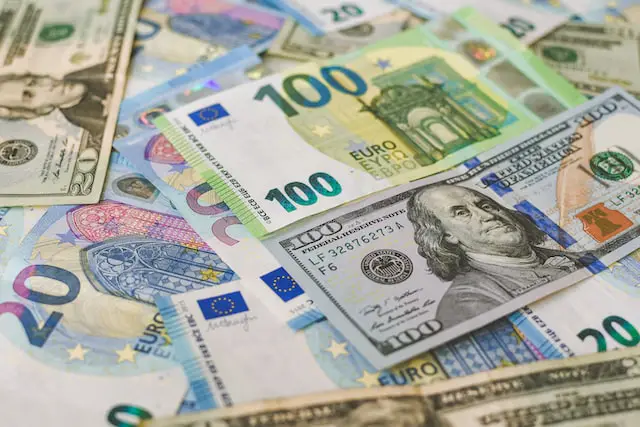When it comes to currency, there are many different types and denominations in circulation around the world. However, some coins are worth significantly more than others. In this article, we will look at the 10 most expensive coins in the world. From the Kuwaiti Dinar to the Bahraini Dinar, these currencies are valued at incredibly high rates, making them some of the most sought-after and valuable coins in the world. Whether you’re a collector, investor, or simply curious about the world of currency, this article is for you. So, without further ado, let’s dive in and explore the top 10 most expensive coins in the world.
| No | Most Expensive Currency | Price |
| 1 | Kuwaiti Dinar | $3.25 |
| 2 | Bahraini Dinar | $2.65 |
| 3 | Omani Rial | $2.60 |
| 4 | Jordanian Dinar | $1.41 |
| 5 | Gibraltar Pound |
$1.21
|
| 6 | British Pound |
$1.21
|
| 7 | Cayman Island Dollar | $1.2 |
| 8 | Swiss Franc | $1.06 |
| 9 | Euro | $1.04 |
| 10 | United States Dollar | $1 |
Kuwaiti Dinar
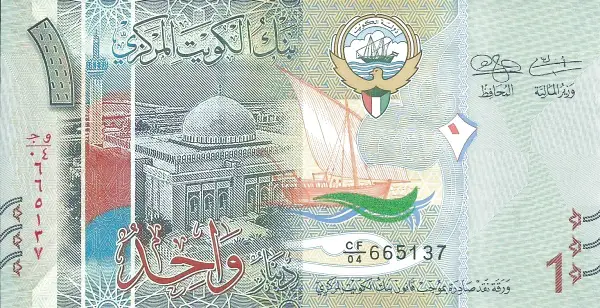
Kuwaiti Dinar is the most expensive currency in the world, worth $3.25.The Kuwaiti Dinar (KWD) is the official currency of Kuwait. It is the highest-valued currency in the world, with one Kuwaiti Dinar equaling approximately 3.25 US dollars. The Dinar is divided into 1000 fils and is issued by the Central Bank of Kuwait. The Dinar has been in use since 1960 and is considered a stable currency due to Kuwait’s large reserves of oil and natural gas.
Bahraini Dinar
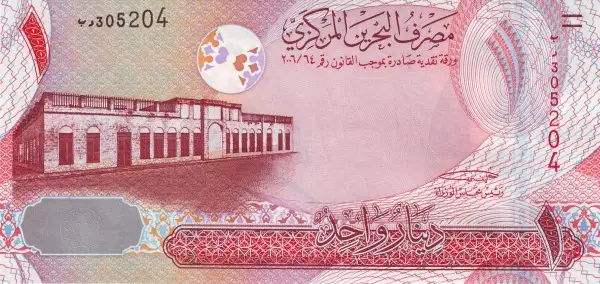
Bahraini Dinar is the 2nd most expensive currency, worth $2.65. The Bahraini Dinar (BHD) is the currency of Bahrain. It is divided into 1000 fils and is pegged to the US dollar at a rate of 1 BHD = 2.65 US dollars. The Central Bank of Bahrain issues the currency and it is widely accepted in the Gulf Cooperation Council (GCC) countries. The BHD is considered one of the strongest currencies in the world due to its stable exchange rate and low inflation.
Omani Rial
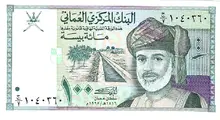
Omani Rial is the 3rd most expensive currency in the world, worth $2.60. The Omani Rial (OMR) is the currency of Oman. It is divided into 1000 baisa. The Rial is pegged to the US dollar at a rate of 1 OMR to 2.60 USD. The Central Bank of Oman issues and manages the currency. Oman has a relatively small economy that is heavily dependent on oil exports, which make up the majority of government revenue and exports. The Rial has been relatively stable against the US dollar in recent years.
Jordanian Dinar
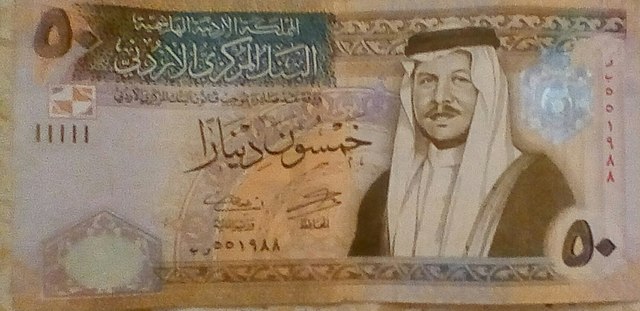
The Jordanian Dinar is the 4th most expensive currency in the world, worth $1.41. The Jordanian Dinar (JOD) is the official currency of Jordan. It is divided into 1000 files. The symbol for the Jordanian Dinar is JD or JOD. The Central Bank of Jordan is responsible for issuing and managing the currency. The current exchange rate can vary depending on the market conditions.
Gibraltar Pound
The Gibraltar Pound is the 5th most expensive currency in the world, worth $1.21. The Gibraltar Pound (GIP) is the official currency of Gibraltar, a British Overseas Territory located on the southern coast of Spain. The money is pegged to the British Pound Sterling at a rate of 1 GIP = 1 GBP. It is issued by the Gibraltar Monetary Authority and is widely accepted throughout Gibraltar, as well as in some areas of Spain near the border. Coins in circulation include 1p, 2p, 5p, 10p, 20p, 50p, and 1 pound, while banknotes come in denominations of 5 pounds, 10 pounds, 20 pounds, and 50 pounds.
British Pound

The British Pound is the 6th most expensive currency in the world, worth $1.21. The British pound (GBP) is the currency of the United Kingdom. It is also known as the pound sterling, or simply the pound. The symbol for the British pound is “£” and it is divided into 100 pence. The Bank of England is responsible for issuing and managing the currency. The British pound is one of the oldest currencies in the world and has a long history of use in international trade and commerce. It is also widely used as a reserve currency by central banks and international organizations.
Cayman Island Dollar
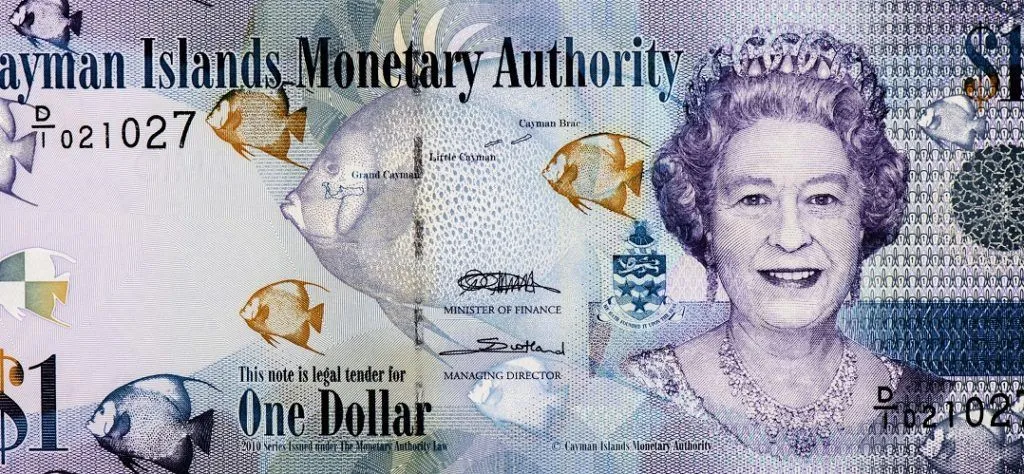
Cayman Island Dollar is the 7th most expensive currency in the world, worth $1.2. The Cayman Island Dollar (KYD) is the official currency of the Cayman Islands. It is pegged to the United States Dollar (USD) at a rate of 1 KYD to 1.2 USD. The Cayman Island Dollar is divided into 100 cents, and it is commonly denoted with the symbol “$” or “CI$”. The currency is issued by the Cayman Islands Monetary Authority.
Swiss Franc
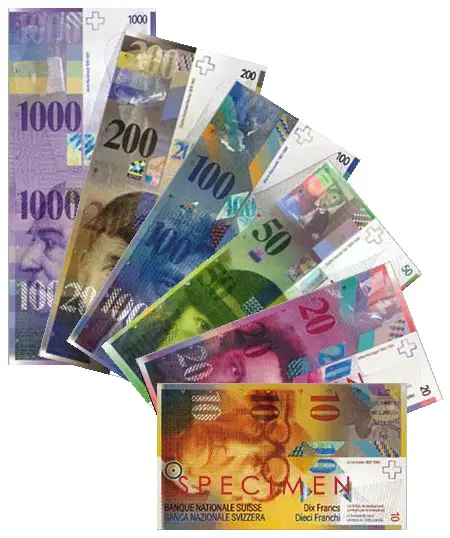
The Swiss Franc is the 8th most expensive currency in the world, worth $1.06. The Swiss franc (CHF) is the official currency of Switzerland and Liechtenstein. It is divided into 100 centimes or rappen in German-speaking Switzerland. The franc is considered a safe-haven currency due to Switzerland’s stable economy and political neutrality. The Swiss National Bank sets the exchange rate for the franc against other currencies and is widely used in international trade and investment.
Euro
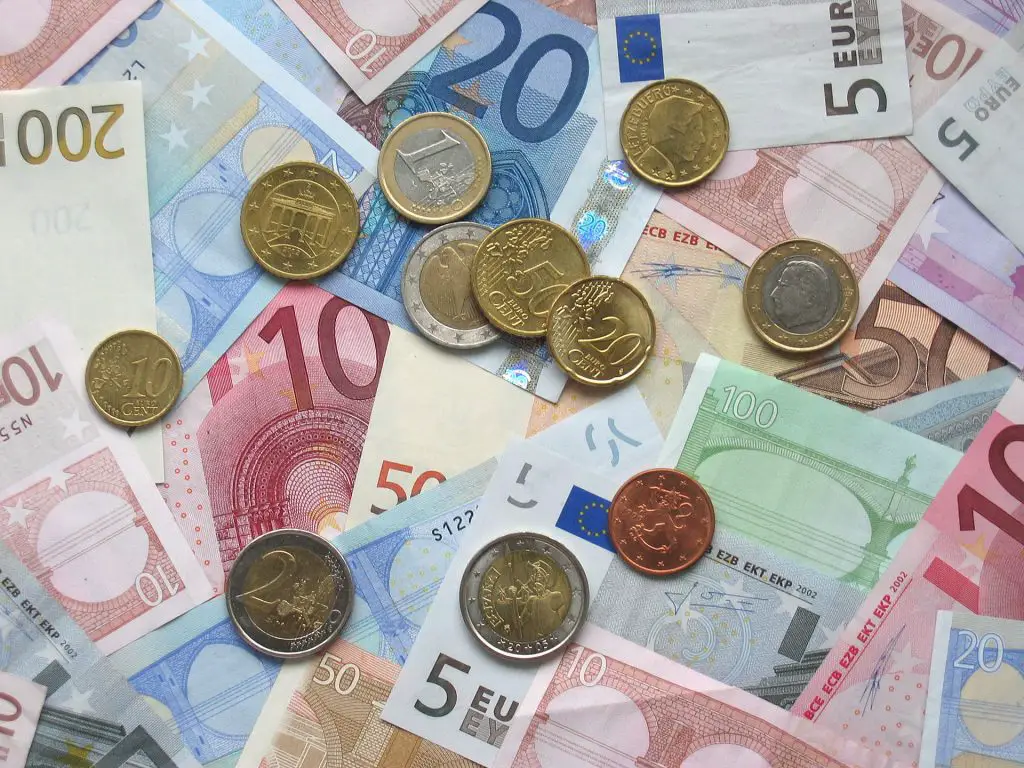
The Euro is the 9th most expensive currency in the world, worth $1.04. The Euro is the currency used in the European Union and several other European countries. It was introduced on January 1, 1999, and replaced national currencies such as the German Mark, French Franc, and Italian Lira. The Euro is represented by the symbol € and is divided into 100 cents.
United States Dollar
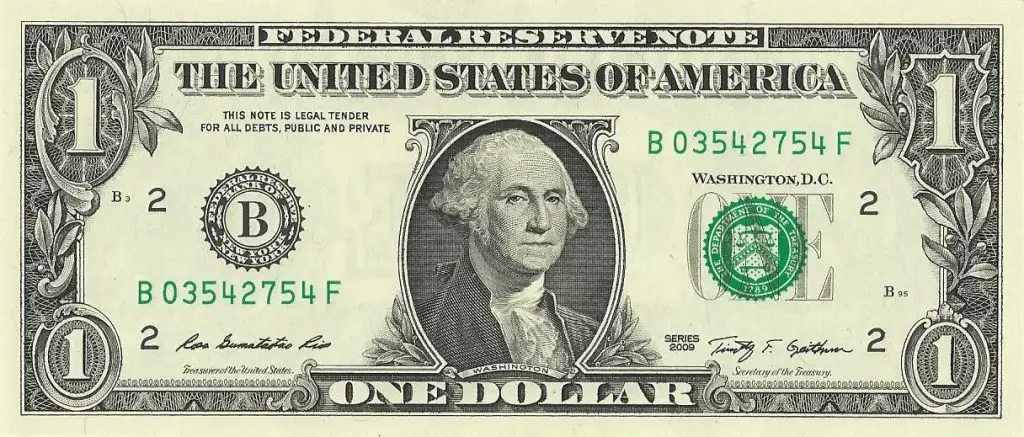
The United States Dollar is the 10th most expensive currency in the world, worth $1. The United States Dollar (USD) is the official currency of the United States of America. It is abbreviated as “USD” or “$”. It is the most widely traded currency in the world and is considered to be the World’s Reserve currency. The United States dollar is divided into 100 smaller units called cents.
Frequently Asked Questions
What currency is worth the most?
As of 2023, the currency with the highest value is the Kuwaiti Dinar (KWD), with an exchange rate of about 1 KWD to 3.25 USD. However, exchange rates can fluctuate over time and this information may not be accurate in the future. Additionally, it’s worth noting that the value of a currency is not only determined by its exchange rate, but also by factors such as economic stability, inflation, and government policies.
What currency does Australia use?
Australia uses the Australian dollar (AUD) as its currency.
What currency does Canada use?
Canada uses Canadian dollars (CAD) as its currency.
What currency does Ireland use?
Ireland uses the Euro (EUR) as its official currency.
What currency does Italy use?
The currency used in Italy is the Euro (EUR).
What currency does France use?
France uses the Euro (EUR) as its currency.
What currency does Germany use?
Germany uses the Euro (EUR) as its currency.
What currency does Ukraine use?
The currency used in Ukraine is the Ukrainian hryvnia (UAH).
What currency does Russia use?
Russia uses the Russian Ruble as its currency.
What currency does Spain use?
Spain uses the Euro (EUR) as its official currency.
What currency does Greece use?
Greece uses the Euro.
Which currency is the highest in the world?
The highest currency in the world is the Kuwaiti Dinar (KWD), followed by the Bahraini Dinar (BHD) and the Omani Rial (OMR).
What country is $1 worth the most?
The value of a currency can fluctuate over time and can be affected by a variety of factors such as inflation, economic stability, and political events. However, as of 2023, the country where $1 is worth the most is Iran. As of January 2023, $1 is equivalent to approximately 42,225 Iranian rials.
Why is Kuwait’s currency so high?
Kuwait’s currency, the Kuwaiti dinar, is considered one of the strongest currencies in the world due to several factors.
Firstly, Kuwait has a large reserve of oil, which makes up a significant portion of its economy. The oil industry is a major source of revenue for the country, and its high production levels and strong demand for oil on the global market contribute to its strong currency.
Secondly, Kuwait has a small population and a low inflation rate, which helps to keep its economy stable. This stability attracts foreign investment, which helps to strengthen its currency.
Lastly, the Central Bank of Kuwait has a strict monetary policy that helps to keep inflation low and maintain the value of the dinar. This includes keeping a high-interest rate, which attracts foreign investment and helps to keep the currency strong.
Overall, the combination of a strong oil-based economy, low inflation, and a strict monetary policy all contribute to the high value of the Kuwaiti dinar.
How strong is the U.S. dollar?
The strength of the U.S. dollar can vary depending on several factors, including economic conditions, interest rates, and geopolitical events. Generally speaking, the U.S. dollar is considered one of the strongest and most stable currencies in the world, and it is widely used as a global reserve currency. However, in recent years, the U.S. dollar has faced some challenges due to rising debt levels, trade tensions, and a growing trade deficit. As such, the strength of the U.S. dollar can fluctuate over time, and it is important to monitor economic indicators and market trends to get a sense of its relative strength.
Why is the U.S. dollar so strong?
The U.S. dollar is considered strong for several reasons:
- Economic stability: The U.S. economy is one of the largest and most stable in the world, which helps to boost the value of the dollar.
- Interest rates: The Federal Reserve sets interest rates that are higher than many other countries, which makes the dollar more attractive to investors.
- Political stability: The U.S. has a stable political system and a strong legal system, which helps to maintain the value of the dollar.
- Reserve currency: The U.S. dollar is widely used as a reserve currency by central banks and other financial institutions, which helps to support its value.
- Global trade: The U.S. is a major player in the global economy, and its currency is widely used in international trade transactions.
Overall, the U.S. dollar is considered a safe-haven currency, and its value is often seen as a reflection of the overall strength and stability of the U.S. economy.
How much is $1 US in Kuwait?
The exchange rate between the US dollar and the Kuwaiti dinar fluctuates constantly. As of January 2023, the exchange rate is approximately 0.31 Kuwaiti dinar for 1 US dollar.
Why is Japan’s currency so low?
Several factors contribute to Japan’s low currency value:
- Japan’s economy has been struggling for decades, with low growth and deflationary pressures. This has led to a weaker currency as investors are less likely to invest in a country with a weak economy.
- The Bank of Japan (BOJ) has engaged in quantitative easing (QE) policies to try and stimulate the economy. This has led to an increase in the money supply, which can weaken a currency.
- Japan has a large trade surplus, meaning it exports more goods and services than it imports. This can lead to a weaker currency as the country is constantly buying foreign currencies to pay for imports.
- Japan is heavily dependent on exports, and a weaker currency makes its goods more competitive in the global market. This can lead to a weaker currency as the government may be more willing to allow the currency to weaken to boost exports.
- Japan’s population is aging and shrinking, which can lead to a weaker economy and a weaker currency.
Overall, Japan’s low currency value combines various economic and demographic factors.
Why is the pound stronger than the dollar?
The pound is currently stronger than the dollar due to a combination of factors.
- Economic stability: The UK economy has been performing well in recent years, with low unemployment and steady GDP growth. This has led to increased investor confidence in the pound, causing it to appreciate against the dollar.
- Interest rates: The Bank of England has been raising interest rates, which makes the pound more attractive to investors looking for higher returns. This also makes borrowing in pounds more expensive, which can slow down economic growth.
- Political stability: The UK has a stable political environment, with a relatively stable government. This has helped to maintain investor confidence in the pound.
- Trade relations: The UK has strong trade relations with the EU and other countries, which helps to support the pound.
It’s worth noting that currency exchange rates are constantly fluctuating due to a variety of factors and can change rapidly.
What should I own if a dollar crashes?
- Gold and Silver: These precious metals have historically been a haven during times of economic turmoil, as their value tends to increase when the value of currency decreases.
- Real estate: Investing in property can be a good way to protect your wealth in the event of a dollar crash, as the value of land and buildings tends to hold up well in times of economic uncertainty.
- Foreign currency: Holding a diversified portfolio of foreign currencies can help protect against the risks of a dollar crash, as the value of other currencies may increase relative to the dollar.
- Agricultural land: Agricultural land is considered a safe investment as it is a tangible asset always in demand for food production.
- Bonds: Bonds are debt securities that pay interest to investors. They tend to be less risky than stocks and can be a good way to preserve capital in a downturn.
- Cryptocurrency: Cryptocurrency such as Bitcoin is decentralized and operates independently of governments and central banks, making it less affected by economic conditions.
It’s important to remember that diversifying your investments is key to protecting your wealth in the event of a dollar crash. Consult with a financial advisor to determine which options are best for you.
What would cause the U.S. dollar to collapse?
- Hyperinflation: The U.S. dollar would collapse if there was a sudden and sustained increase in the money supply, leading to hyperinflation and a decrease in the value of the dollar.
- Economic recession: A severe economic recession could cause the U.S. dollar to collapse if investors lose confidence in the economy and start selling off their dollars.
- Political instability: Political instability in the U.S. could cause the dollar to collapse if investors start to believe that the country is becoming less stable and less safe to invest in.
- Increased debt: If the U.S. government continues to run large deficits and accumulate debt, the dollar could collapse if investors start to worry that the government will not be able to repay its debt.
- Foreign currency intervention: If other countries start to sell off their U.S. dollar reserves, it could cause a decline in the value of the dollar.
- Loss of status as a global reserve currency: If the U.S. dollar loses its status as the world’s primary reserve currency, it would cause a decline in demand for the dollar and a corresponding decline in its value.
Who benefits from a weak dollar?
A weak dollar can benefit several groups, including:
- Exporters: A weak dollar makes American goods cheaper in foreign markets, increasing exports and boosting economic growth.
- Tourists: A weak dollar can make foreign travel more affordable for Americans, as their dollars go further when exchanged for foreign currencies.
- Multinational corporations: A weak dollar can increase the profits of multinational corporations that earn a significant portion of their revenue in foreign currencies.
- Hedge funds and other investors: A weak dollar can benefit investors who have invested in foreign assets, as the value of those assets will increase when converted back to dollars.
- Commodity producers: A weak dollar can increase the price of commodities, such as oil and gold, which are typically priced in dollars. This can benefit commodity producers, as they will earn more for their products.
It’s worth noting that a weak dollar also has its downsides, as it can increase inflation and make imports more expensive for consumers.

